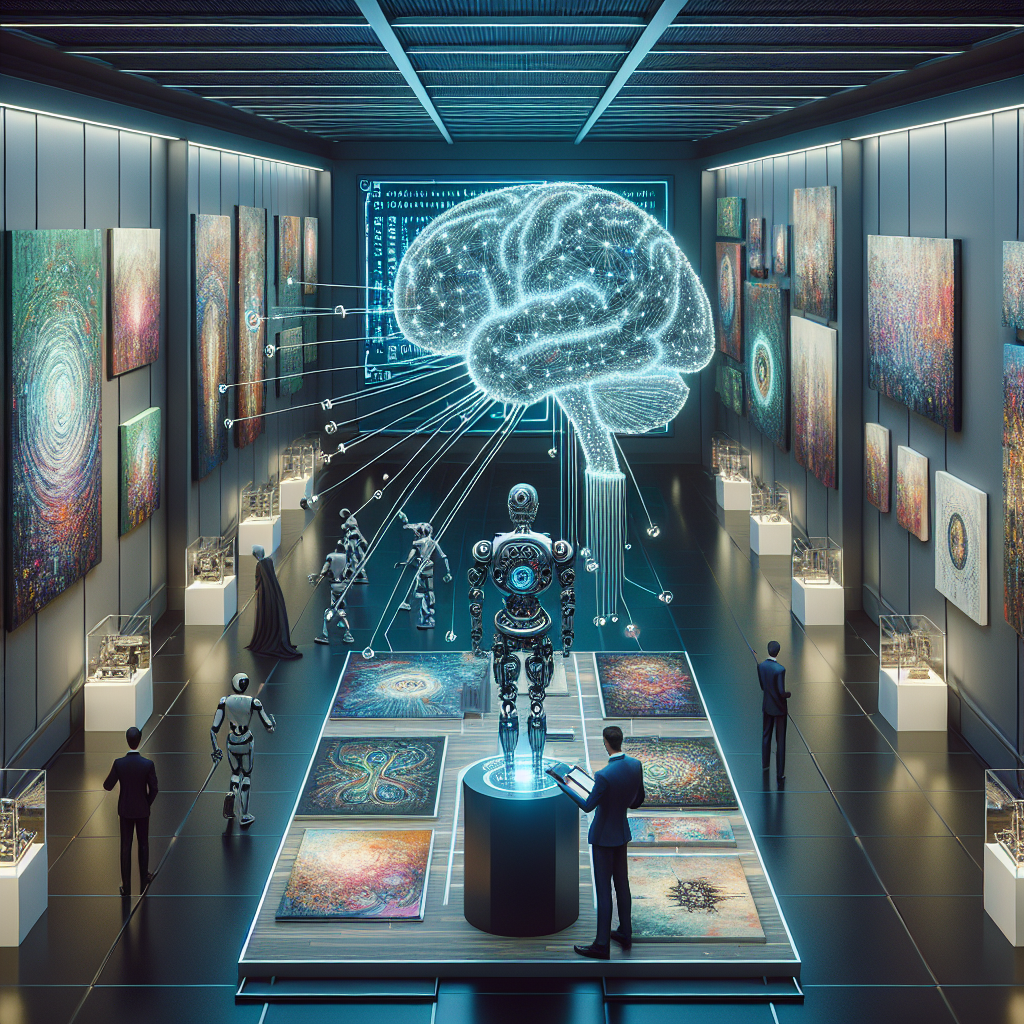Your cart is currently empty!
From Algorithms to Art: How Artificial Intelligence is Reshaping the Art Industry

Artificial Intelligence (AI) is revolutionizing virtually every industry, and the art world is no exception. From algorithms to art, AI technology is reshaping the way artists create, exhibit, and sell their work.
One of the most exciting developments in the art industry is the use of AI algorithms to generate original artwork. These algorithms are capable of analyzing vast amounts of data and creating unique pieces of art that would be difficult, if not impossible, for a human artist to produce. This has opened up new possibilities for creativity and experimentation, allowing artists to explore new styles and techniques that were previously out of reach.
AI technology is also being used to enhance the viewing experience for art enthusiasts. Virtual reality (VR) and augmented reality (AR) applications are allowing viewers to immerse themselves in artworks in ways that were never before possible. These technologies can provide a more interactive and engaging experience, allowing users to explore different perspectives, details, and interpretations of the artwork.
In addition to creating and experiencing art, AI is also changing the way art is bought and sold. Online platforms and marketplaces are using AI algorithms to analyze buyer behavior, preferences, and trends, allowing them to tailor recommendations and suggestions to individual collectors. This has made it easier for artists to reach a wider audience and sell their work directly to consumers, cutting out the middleman and traditional gallery system.
However, as AI technology continues to evolve and become more sophisticated, it raises important questions about the role of human artists in the art world. Some critics argue that AI-generated art lacks the emotional depth and intent that human artists bring to their work, while others see it as a tool for collaboration and inspiration.
Ultimately, the impact of AI on the art industry remains to be seen. While it offers exciting possibilities for innovation and creativity, it also raises ethical and philosophical questions about the nature of art and the role of artists in a rapidly changing technological landscape. As AI continues to reshape the art world, it will be up to artists, collectors, and enthusiasts to navigate these challenges and opportunities to ensure that art remains a vital and meaningful expression of human creativity.

Leave a Reply